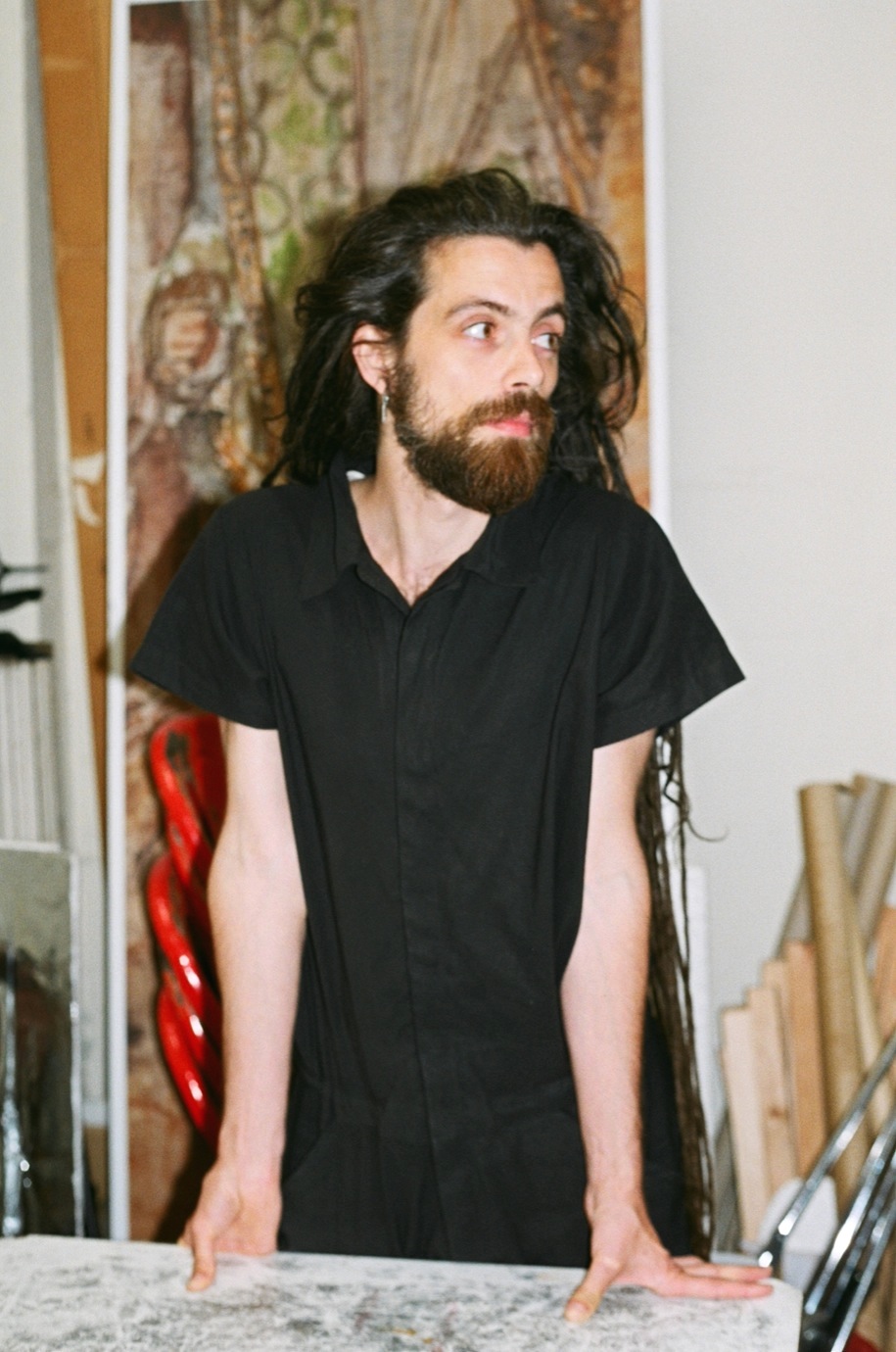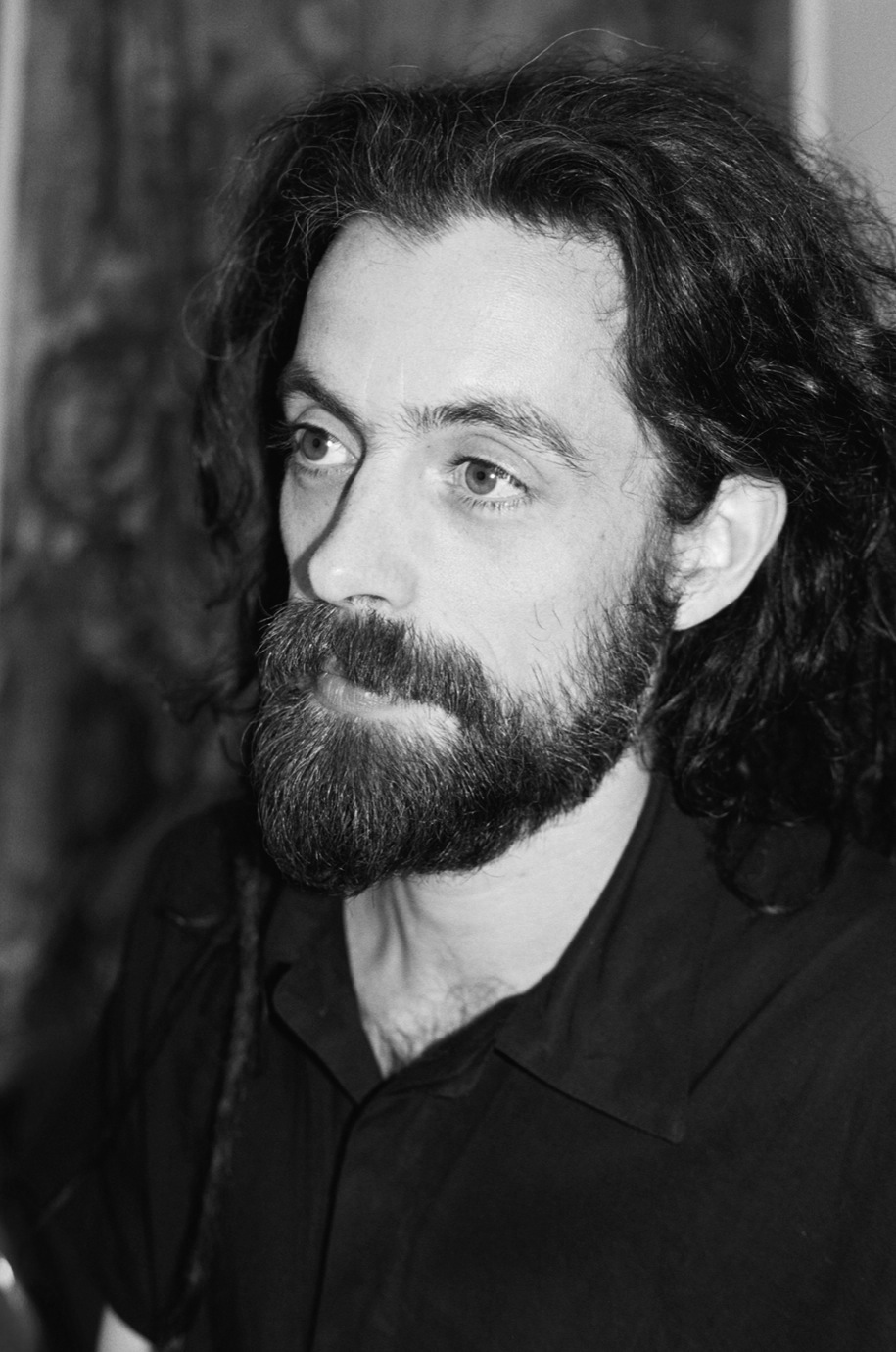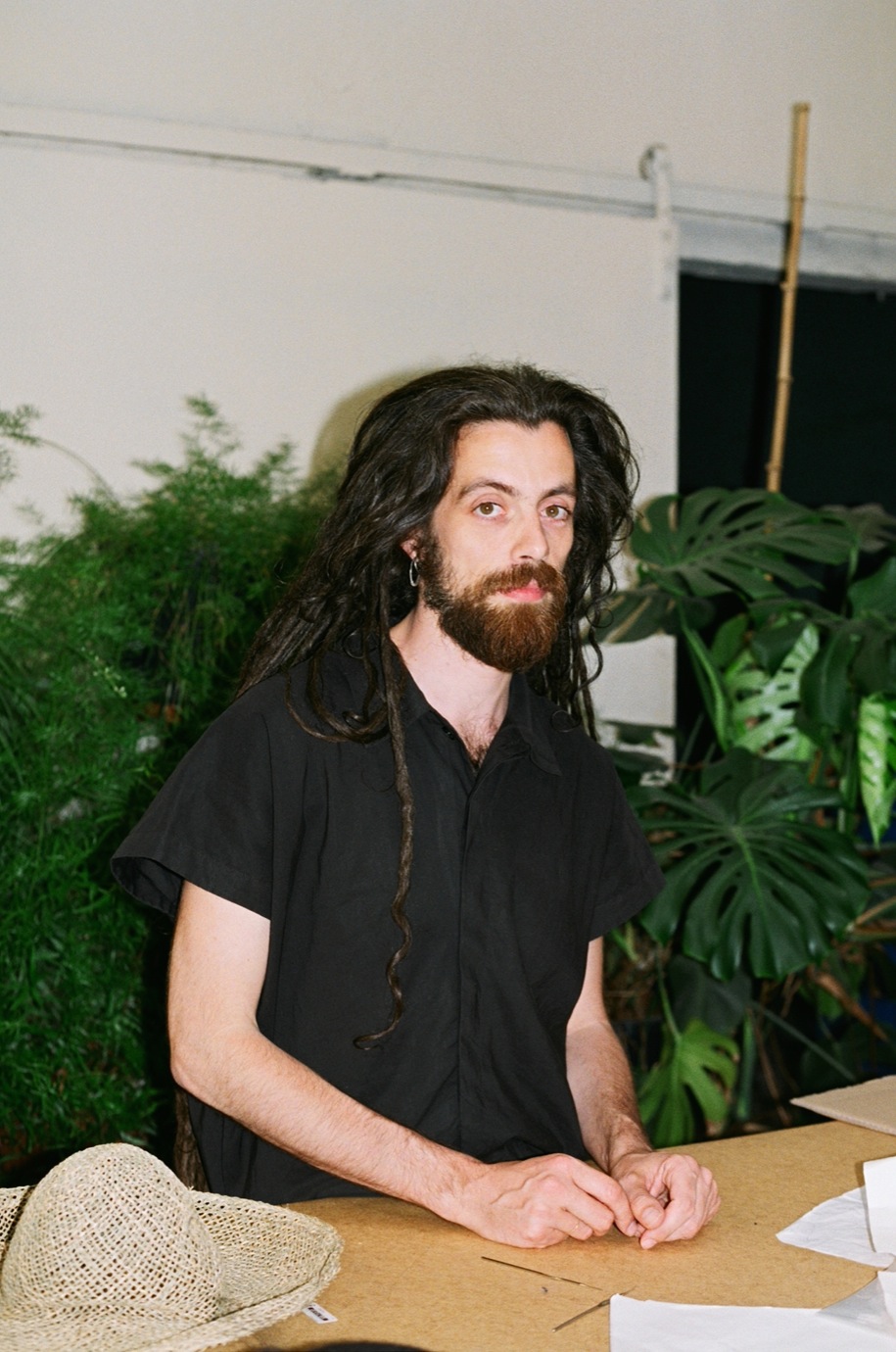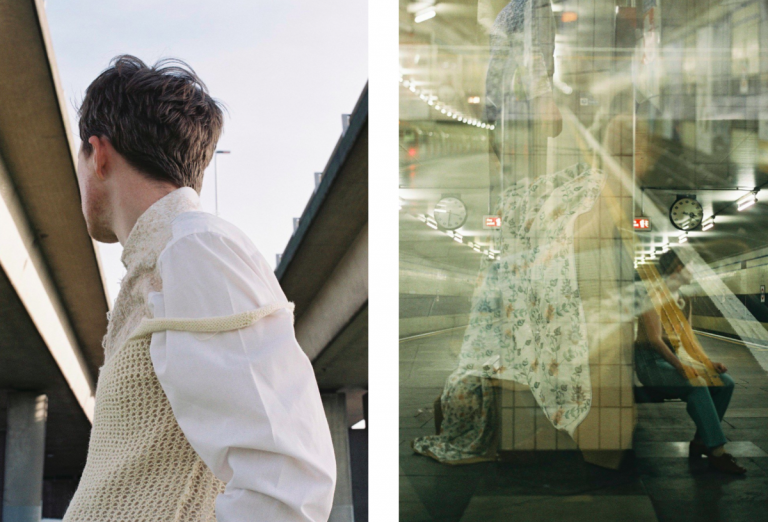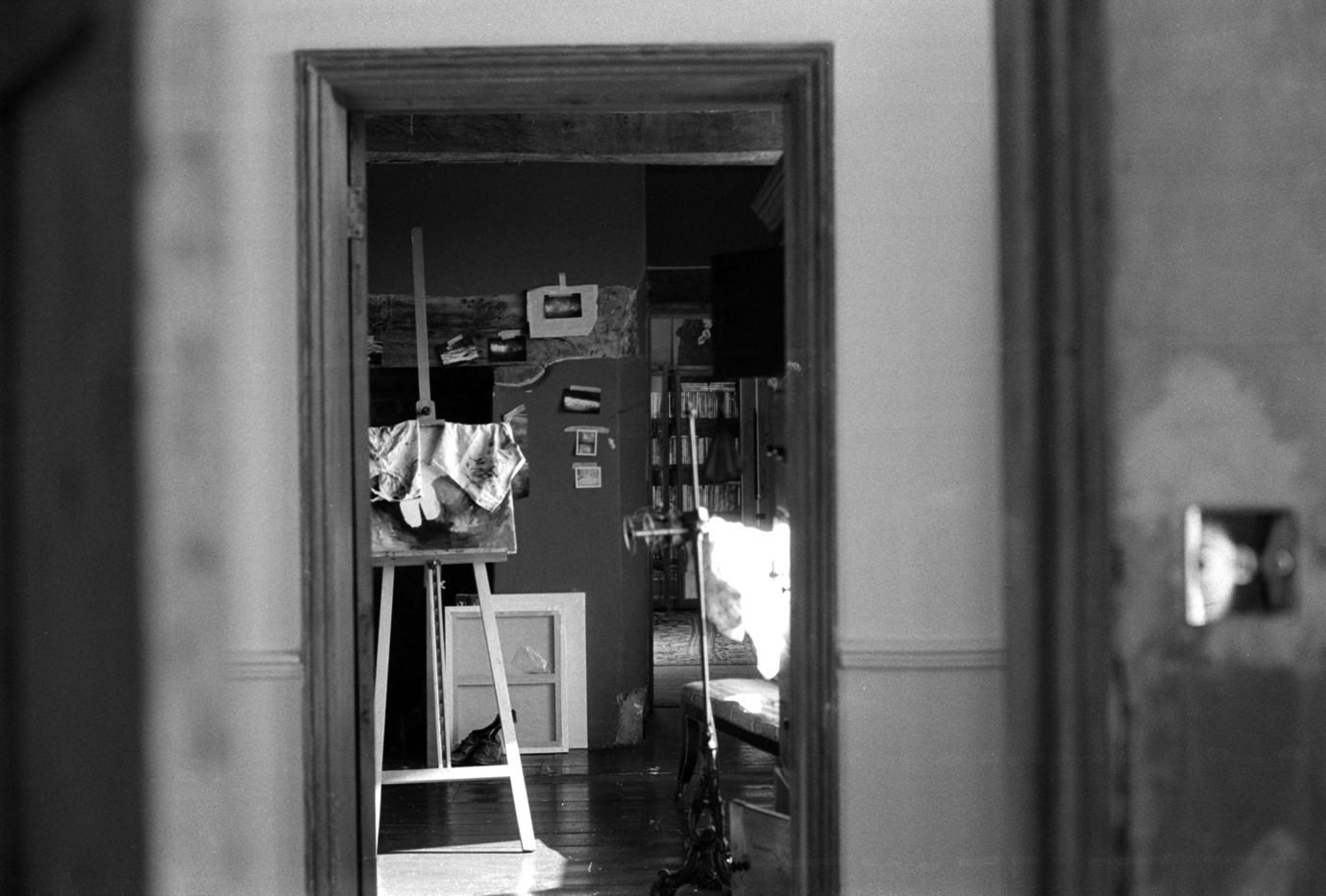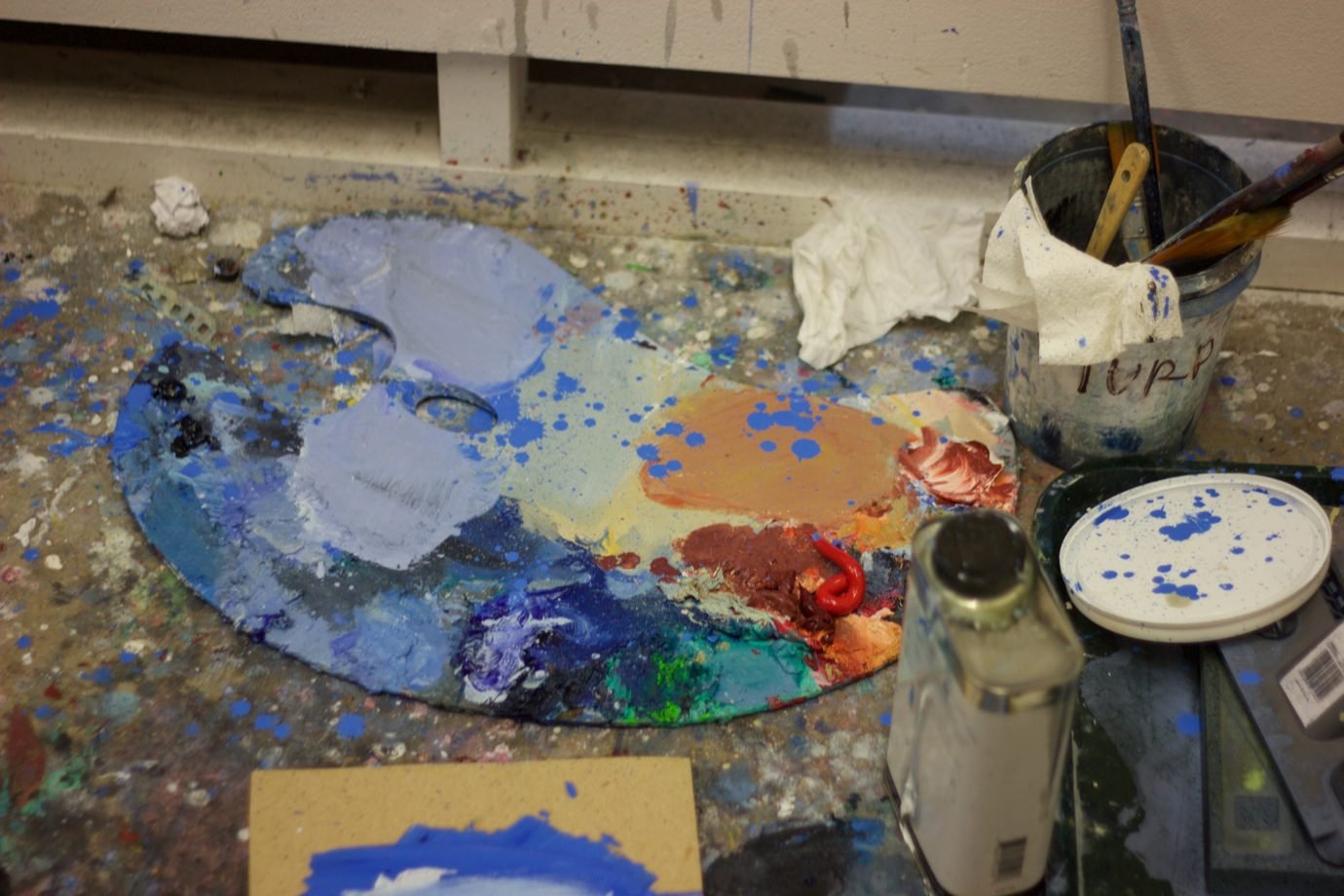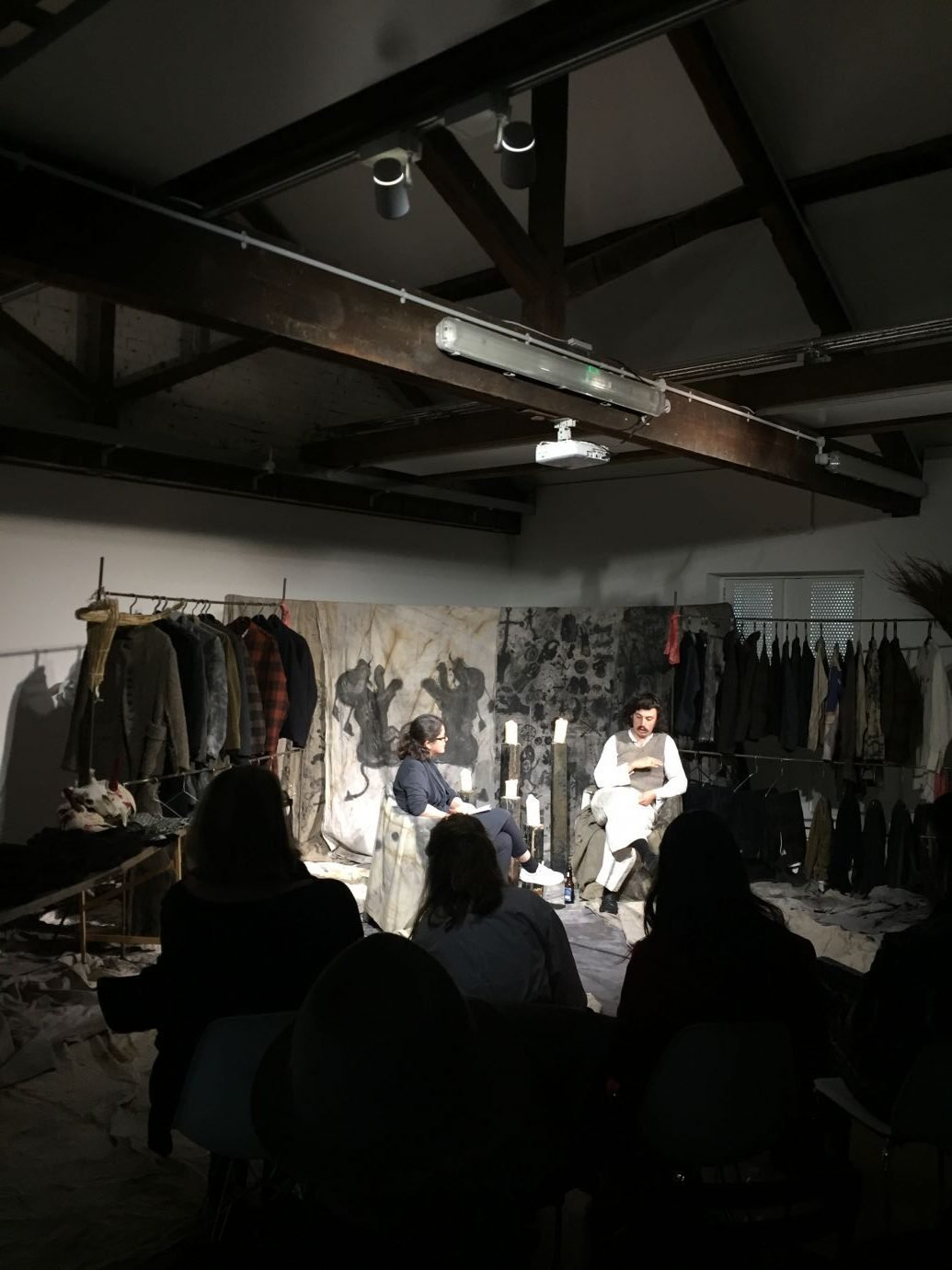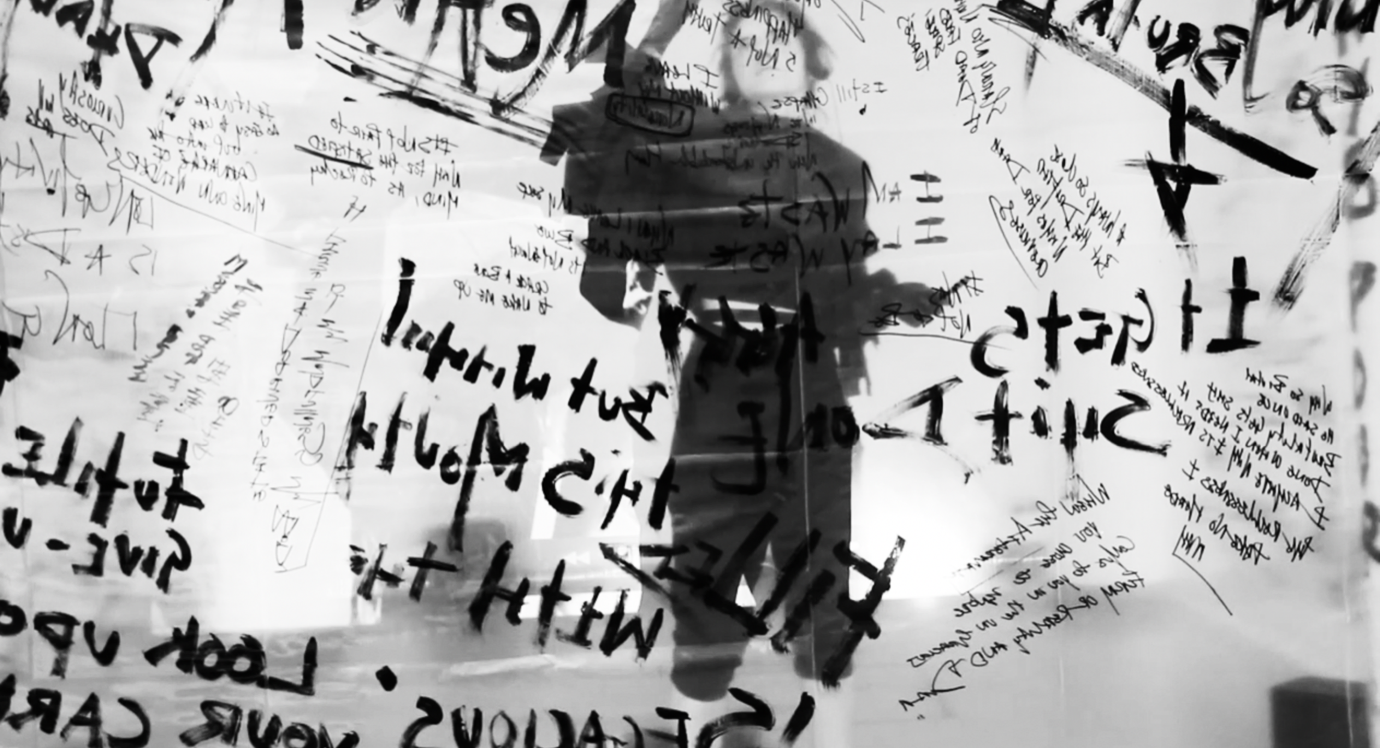“GROWTH IS ALSO NOT AN EASY THING IF YOU HAVE TO PRE-PRODUCE YOUR COLLECTIONS. MOST BUSINESSES THAT FAIL CAN BLAME IT ON GROWING TOO FAST.”
What is growth for you, because I know that a lot of people see growth and success as something in which you go from one million profit to five, to ten, to fifty million; selling in more stores…
Growth would be, ideally, to be able to do more experiments next to what we do now — the collection. Getting it done sometimes asks a lot… There are things that I cannot start doing. I would love to do more, I guess it’s almost like couture, the hand-made stuff. We have weaving looms, we have spinning wheels that we haven’t touched. Handwork and really building stuff is what I love to do. We make all the patterns and the first prototypes in the studio; that goes to the factory and they make the showroom prototypes. To have more means of time to do things more profoundly would be a dream. I would love to have a studio where there’s a dyeing station, a weaving lab, a knitting lab, and in the meantime I can do my patterns and my strong points. I would love to have a few more stores, but I don’t need to conquer the world in that sense. Growth is also not an easy thing if you have to pre-produce your collections. Most businesses that fail can blame it on growing too fast. You cannot breach the cash-flow, so it’s better to grow slowly in that sense, I think. I’m not such a politician, but the main cause of that is our ‘growth economy’. I think we need to find a steady economy instead of an economy that needs to grow to be successful. If I look at myself, I should also find a business plan that is successful if it doesn’t keep on growing. You need to find a steady ground in that, also because I make specific things that I don’t think will cater to the whole world. I don’t want it to be the next staple look for everybody. Who loves it can have it, but not all men feel comfortable in these things.
Dries van Noten once mentioned that he was fine with the way things go within his company— why would he need to be bought by a big conglomerate which means he’ll have to make more collections and maybe earn more, but have less of a quality of life?
I totally understand. I know a little bit about Dries’ company, I worked there as a student in the stock when I was sixteen. I think his business is one that’s really admirable, when you consider the size of it, and the fact that he manages it all himself. I mean, they have a gigantic impact, but he still controls it. It’s still really his collection; I can only admire the way he works and the way he built it up.


